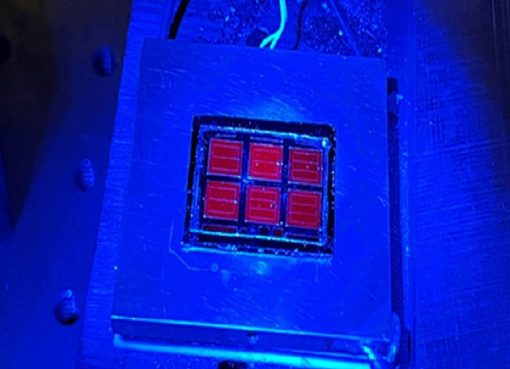Grouting in building construction refers to the injection of pumpable materials into a structure to change its physical characteristics.
Grouting is a crucial construction and maintenance technique that plays a pivotal role in various industries, including civil engineering, construction, and geotechnical engineering. It involves filling the gaps or voids in structures with a specially formulated material called grout.
Types of Grouting
- Cement Grouting:
- Advantages: Cost-effective, excellent compressive strength, durability.
- Applications: Used in foundations, under machinery, and for repairing concrete structures.
- Process: Mix cement, water, and sometimes additives to form a smooth, flowable mixture and inject it into the gaps or spaces.
- Epoxy Grouting:
- Advantages: High strength, chemical resistance, minimal shrinkage.
- Applications: Commonly used for heavy machinery, anchor bolts, and structural repairs.
- Process: Combine epoxy resin and hardener to create a stable, low-viscosity grout mixture.
- Chemical Grouting:
- Advantages: Suitable for loose soils, minimal excavation, waterproofing.
- Applications: Often used in tunnels, dams, and soil stabilization.
- Process: Inject chemical grout, such as urethane, into the ground to strengthen and stabilize it.
- PVC Grouting:
- Advantages: Effective in sealing water leaks, particularly in tunnels and underground structures.
- Applications: Applied in situations where water intrusion is a problem.
- Process: Inject PVC-based grout to create an impermeable barrier.
Advantages of Grouting
- Structural Stability: Grouting reinforces structures, enhancing their overall stability and longevity.
- Waterproofing: It can create a waterproof barrier, preventing water infiltration.
- Load Transfer: Grouting can distribute loads effectively, reducing the risk of foundation settlement.
- Minimized Vibration: Epoxy grouting helps absorb vibrations, making it ideal for machinery installation.
- Soil Stabilization: Chemical grouting strengthens loose soils, preventing erosion and potential subsidence.
Applications of Grouting
- Civil Engineering: Grouting is used extensively in the construction of bridges, tunnels, and dams to enhance their structural integrity and prevent water seepage.
- Geotechnical Engineering: It’s employed in soil stabilization to prevent landslides and erosion and to reinforce underground structures like subway tunnels.
- Construction: Grouting is crucial for securing anchor bolts, repairing cracks in concrete, and ensuring the stability of high-rise buildings.
- Mining Industry: In mines, grouting is used to fill voids and stabilize rock formations, reducing the risk of cave-ins.
The Grouting Process
- Preparation: This involves cleaning and inspecting the area to be grouted. Damaged or deteriorated sections are identified and repaired.
- Mixing: The grout material is prepared according to the specifications, which can vary depending on the type of grout used.
- Injection: Grout is injected into the voids or gaps using appropriate equipment, such as pumps or injection guns. Injection can be done from the bottom up or in stages.
- Monitoring and Testing: During and after the injection, the process is closely monitored to ensure that grout is distributed uniformly and that it reaches the desired compressive strength.
- Curing: The grout is left to cure for a specified period to achieve the required strength and durability.
- Cleanup: Excess grout is cleaned, and the area is restored to its original condition.
Conclusion
Grouting is an indispensable technique in construction, civil engineering, and geotechnical projects. Its ability to enhance structural stability, waterproofing, and load-bearing capacity makes it an essential tool in modern construction and maintenance.










